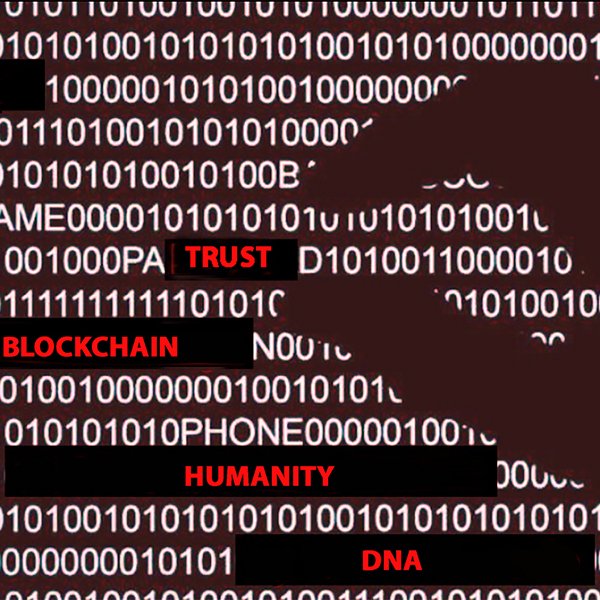Hashtags are being used creatively everywhere, most notably by brands in the Finance and Entertainment industry. You’ve seen them, heard of them but what are they really about? The Web is evolving very rapidly, in a fascinating way, into a semantic Web, in which search engines will converge and “machines” will be able to analyze and index feelings in real time. Initially an idiosyncracy of Twitter, hashtags have quickly become a symbol not only of what is trending among the youth population, but also of what is current and real-time.
It’s the latter which gives hashtags the potential to reach all industries and age groups – and which was doubtless a factor in advertising-savvy Facebook’s recent decision to adopt them. A lot of small changes in the social media arena are happening under the radar. Only a few people have noticed some of the recent changes that Google, LinkedIn and Facebook have been implementing, and even less have realized the impact that these changes can have on every aspect of our life.
In this article, I will be discussing some of these changes with the # Hashtag as the main topic. In this post you will learn about the origin of hashtags, their evolution, and the role that they may have on the Web 3.0 as a link data identifier. You will also learn about how hashtags are being used commercially, and some considerations that you should keep in mind when creating your next communications campaign. Hashtags are on the rise – and every digital marketing professional should know how to use them.
How hashtags made trends tangible – the Origin of Hashtags
So, just what are hashtags? Simply put, they are a topic organisation system, first conceived in 2007 by Twitter user Chris Messina, and later adopted by Twitter as one of its unique characteristics. They allow users to engage in real-time conversations, and to create topics and group their own tweets with others on a similar theme. They can also be used as a symbol of belonging to a group with the same interest or opinion and a popular – or trending – hashtag can also indicate that something is trendy, cool, or topical.
Using hashtags, Twitter made it easier for users to initiate, find and participate in trending discussions. On any given day, the most popular hashtags will relate to the biggest news stories of the day. From there, it’s just a small leap to realise that hashtags can also be a way of making content you wish to promote more visible – hence their value to marketers.
How hashtags became social media’s biggest icon
The hashtag has rapidly become iconic across numerous social media channels. YouTube, Tumblr and LinkedIn have all followed in Twitter’s footsteps, and their involvement has contributed to the evolution of hashtag use. For example, Instagram’s use of hashtags to label photos eventually led to their informal use on Facebook to attach humorous or emotional context to a post. As a result, some of the most popular hashtags are things like #LOL, #OMG and #FAIL.
Facebook’s hashtag adoption: a game changer?
And now, Facebook. After years of resistance, the social media giant has finally conceded the hashtag’s dominance over social media by introducing clickable hashtags.
Interestingly, Facebook has also recently added features such as graphsearch, a semantic social search engine which allows users to search for interaction opportunities by topic, indicating a strategic step towards Web 3.0.
This move is set to change two things: Firstly, the way individuals use Facebook, which has always been a space for private sharing in contrast with Twitter’s more public-facing remit. Secondly, the adoption of hashtags marks Facebook’s entry into the world of real-time marketing and advertising campaigns, which has previously been Twitter’s stronghold. Digital marketers now have a wider playing field available to them, with greater scope for cross-channel integration. In short, hashtags represent a great opportunity – provided you know how to use them. Brands that organize Twitter chats will be able to open up a whole new door to Facebook, to a more engaged (and larger) community.
“While hashtags had always been a tool for discovery and conversation on Twitter, these tools now make Facebook a much more robust platform for discovering shared trends and interests amongst your connections. Simply put, this feature makes the need to leave Facebook, far less appealing” – edelman.com
Hashtags beyond social media – their role in the fast upcoming Web 3.0
Having become an established part of the online experience, hashtags are now ready to expand their role beyond social media. As linked data identifiers, they have a crucial part in the move towards the Semantic Web or Web 3.0.
For example, hashtags can help machines understand what is trending, who is liking the trending topic, where it is trending, when is trending and at some point maybe even why: all of this in real time. And because of the trend for using hashtags to give emotional or humorous context to posts, they can also help machines understand and process people´s feelings. This represents a huge leap towards a semantic web environment where machines can analyse meaning. Google has already started using hashtags as part of its semantic web strategy, by enabling Google+ to automatically assign hashtags to posts.
Harnessing the commercial value of hashtags
Hashtags clearly have the ability to help marketers create better experiences and make stronger, real time connections with users. But how do you make them a viable part of your marketing campaign? As many brands have discovered, simply tacking a hashtag onto the end of your advertising isn’t necessarily the way. You need to think about the way people use hashtags – and what will prompt them to select yours. The first step is to hit upon a phrase that people will want to use in their tweets. Edge Shave Gel picked the hashtag #soirritating for a 2010 campaign and raised awareness by seeking out Twitter users who’d used the hashtag with a view to sending them rewards. See also: RiteTag Review & 8 Alternatives
Another option is to give people an incentive. Domino’s Pizza UK achieved this when they used the hashtag #letsdolunch in conjunction with a special offer – for every tweet containing the hashtag they reduced the price of a pizza by a penny. Uniqlo also ran a similarly successful campaign in the UK. Allowing people to share experiences and ideas can also be a powerful tool. At Saxo Markets UK we just did this with our recent #FXDebates campaign, which raised brand awareness and conversions by using hashtags to generate real-time conversations around trending topics and facilitate debate among FX experts.
Taking a cross-channel approach is another way of generating success. Nike took this approach for its 2012 #makeitcount campaign, asking people to share content across Twitter, Instagram and Pinterest and tying the hashtags into their wider advertising campaign – a strategy which worked so well, it’s still going strong in 2013.
Image credits: impactiv8.com/ mediabistro.com
This article was originally published as a smaller version and is an augmented version of: The Origin of Hashtags and their role in the upcoming Web 3.0
Uriel Alvarado is a highly experienced, senior financial services marketer. In his current role as Chief Marketing and Public Relations Officer, he drives all phases of Marketing, Brand Management and Public Relations strategy for Saxo Capital Markets. He has held numerous senior marketing and PR roles within the Saxo Bank Group including: Global Chief Marketing and Public Relations Officer, ForexTrading, a trade name of FT World Ltd, a fully-owned subsidiary broker in the Saxo Bank Group. Head of Marketing for Iberia and Latin America, where he developed Sala de Inversion, an online trading community. Uriel has diverse experience gained through his studies and work in several countries including Denmark, Mexico, Cyprus, Switzerland, Spain and Japan. He speaks Spanish, Portuguese, Japanese, Danish and English.
Before joining Saxo Bank, Uriel worked as Marketing and Strategy Manager at a business and branding consultancy, design:success, and co-founded a digital creative marketing agency, The Lighthouse.































